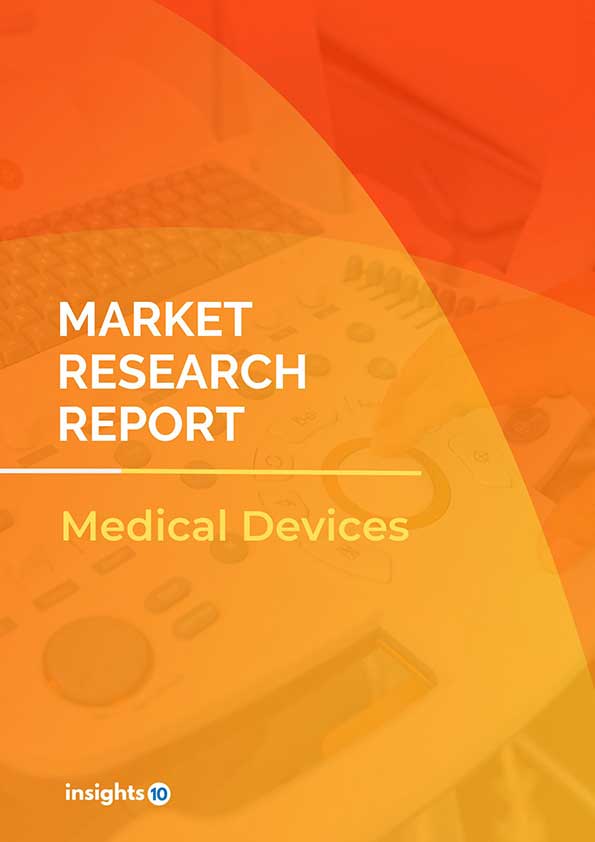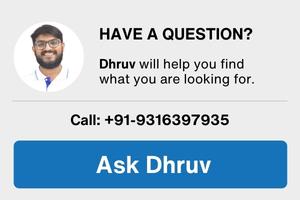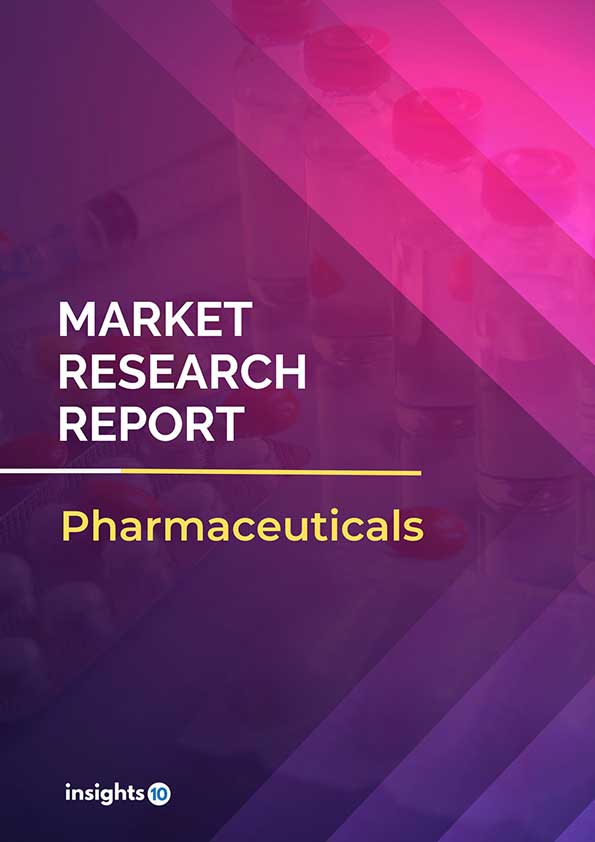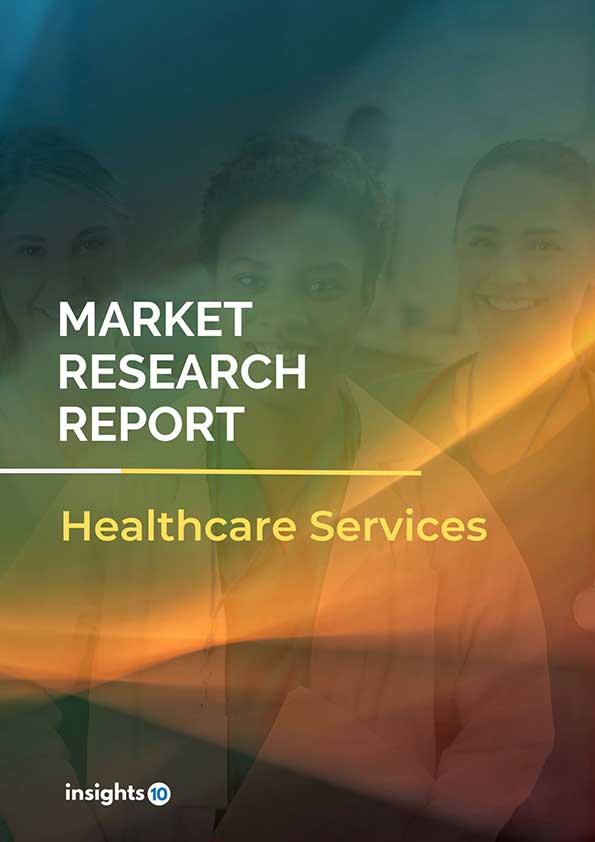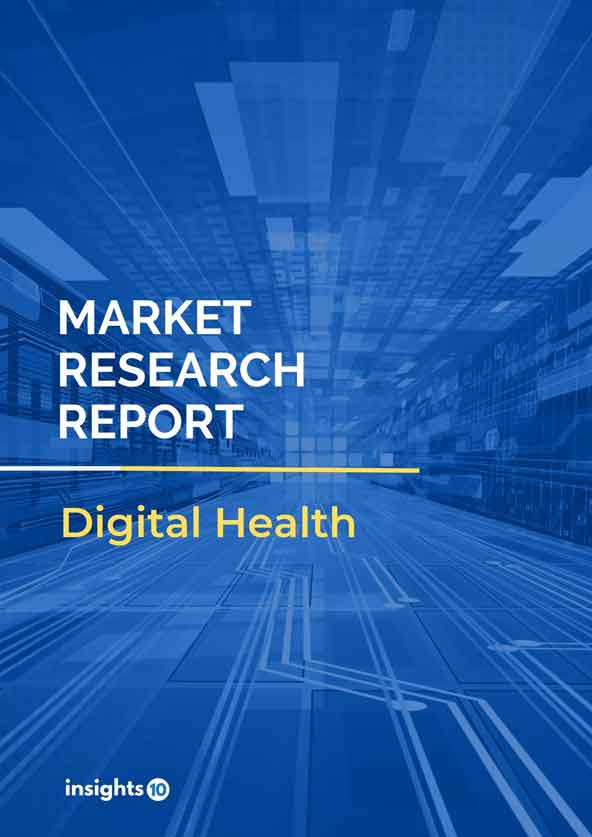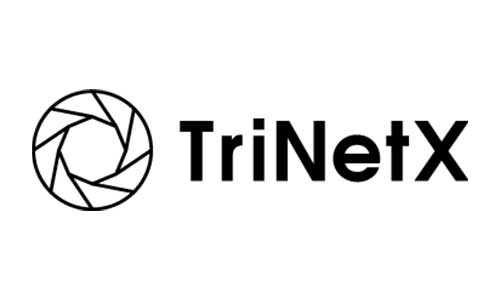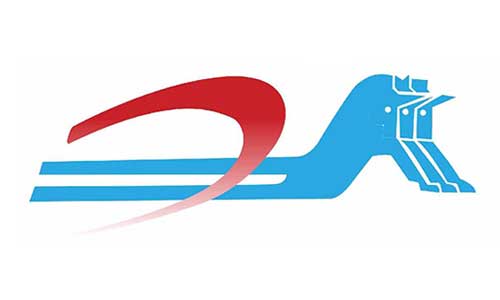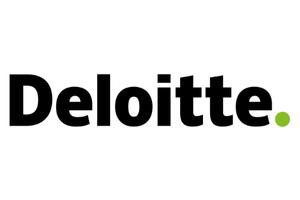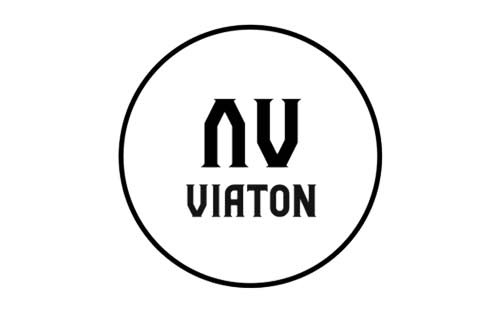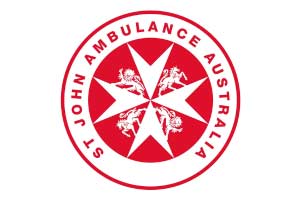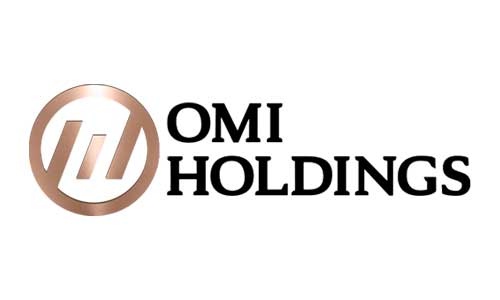Malaysia Neurology Devices Market Analysis
Malaysia's Neurology Devices Market is expected to witness growth from $20 Mn in 2022 to $xx Mn in 2030 with a CAGR of xx% for the forecasted year 2022-30. The expansion of the neurology devices market in Malaysia is being fueled by the development of cutting-edge neurology devices such as brain-computer interfaces and cutting-edge neuroimaging technologies. The market is segmented by treatment, route of administration, age group, and by distribution channel. Major Key players in Malaysia's neurology devices market include Medtronic, Abbott Laboratories, Nihon Kohden, Natus Medical, and B. Braun Melsungen.
Buy Now

Malaysia Neurology Devices Market Executive Analysis
Malaysia's Neurology Devices Market is expected to witness growth from $20 Mn in 2022 to $xx Mn in 2030 with a CAGR of xx% for the forecasted year 2022-30. Healthcare spending in Malaysia is expected to reach $15 billion in 2020, up 6.9% from 2019. They estimated that the cost of healthcare will increase by 7.6% in local currency and 8.9% in US dollars over the next five years, respectively, to reach $23 Bn by 2025. By 2045, 14% of the population in Malaysia is expected to be 65 years of age or older, making Malaysia one of the world's oldest nations. As people age, a greater percentage of their lives are spent in neurology health, which drives up the neurology devices market.
In Malaysia, there are 169 per 100,000 people each year, with men being more likely to experience a stroke. In Malaysia, the prevalence of stroke is thought to be 3.3%. Malaysia has a 6.38 per 1,000 population prevalence of epilepsy, with rural inhabitants having a higher frequency. In Malaysia, the prevalence of dementia among people 60 and older was calculated to be around 8.5%. In Malaysia, neurological devices are essential for the diagnosis, therapy, and management of neurological disorders and injuries. These tools assist medical facilities in making accurate diagnoses, reducing the chance of complications during surgeries, and enhancing patient outcomes.

Market Dynamics
Market Growth Drivers
Neurological disorders like epilepsy, Parkinson's disease, and stroke are becoming more common in Malaysia. The need for neurology devices is anticipated to rise as the aging population and lifestyles change, propelling market growth and expansion. The expansion of the neurology devices market in Malaysia is being fueled by the development of cutting-edge neurology devices such as brain-computer interfaces and cutting-edge neuroimaging technologies. As a consequence of their improved diagnostic and therapeutic capabilities, these devices are anticipated to rise in popularity and propel the market.
Market Restraints
The market for neurology devices in Malaysia is predicted to develop over the next several years, but there are a couple of market restraints that could limit this expansion. To take advantage of the opportunities offered by this expanding industry, businesses that operate in it will need to handle these challenges. Manufacturers looking to enter the Malaysian market for neurology devices may find the regulatory framework to be difficult. The complicated and drawn-out registration and approval process may restrict market penetration and delay product launches.
Competitive Landscape
Key Players
- Vigilenz (MY)
- Abex Medical (MY)
- Medtronic
- Abbott Laboratories
- Nihon Kohden
- Natus Medical
- B. Braun Melsungen
- LivaNova
Notable Recent Deals
2021: Johnson & Johnson Medical Devices Companies and Medical Innovation Ventures (Mediven), a healthcare provider with headquarters in Malaysia, have partnered to offer Mediven's diagnostic tests for neurological disorders and infectious diseases in Malaysia.
2020: A Singaporean medical device company, JTECH Medical, and Bionix Technologies, a Malaysian manufacturer of medical equipment, teamed up in 2020 to distribute JTECH's line of neurology devices, including equipment for Nerve Conduction Studies (NCS) and electromyography, in Malaysia.
Healthcare Policies and Regulatory Landscape
The Medical Device Authority (MDA), is responsible for ensuring the safety, effectiveness, and quality of neurology and is responsible for regulating the regulatory environment for medical devices in Malaysia. The fundamental legal document controlling neurology devices in Malaysia is the Medical Device Act (MDA). Before they can be imported, exported, or put on the market, all medical devices are required by the MDA to be registered with the agency. To assure their safety and effectiveness, all neurology devices must be packaged and labeled correctly.
The MDA establishes standards for warnings and precautions that are permissible to include on labels and packaging for neurological devices. To monitor the security and effectiveness of their products, medical device makers are required by the MDA to conduct post-market monitoring. For the purpose of identifying potential safety concerns or adverse events associated with neurology devices, data from patients and healthcare professionals may be collected. Malaysian Customs Department regulations apply to the import and export of neurology devices. Neurology device importers and exporters are required to abide by these rules, which may include obtaining the required licenses, permits, and certifications respectively.
1. Executive Summary
1.1 Device Overview
1.2 Global Scenario
1.3 Country Overview
1.4 Healthcare Scenario in Country
1.5 Regulatory Landscape for Medical Device
1.6 Health Insurance Coverage in Country
1.7 Type of Medical Device
1.8 Recent Developments in the Country
2. Market Size and Forecasting
2.1 Market Size (With Excel and Methodology)
2.2 Market Segmentation (Check all Segments in Segmentation Section)
3. Market Dynamics
3.1 Market Drivers
3.2 Market Restraints
4. Competitive Landscape
4.1 Major Market Share
4.2 Key Company Profile (Check all Companies in the Summary Section)
4.2.1 Company
4.2.1.1 Overview
4.2.1.2 Product Applications and Services
4.2.1.3 Recent Developments
4.2.1.4 Partnerships Ecosystem
4.2.1.5 Financials (Based on Availability)
5. Reimbursement Scenario
5.1 Reimbursement Regulation
5.2 Reimbursement Process for Diagnosis
5.3 Reimbursement Process for Treatment
6. Methodology and Scope
Neurology Device Market Segmentation
The Neurology Device Market is segmented as mentioned below:
By Product Type (Revenue, USD Billion):
- Neurostimulation
- Spinal Cord Stimulation Devices
- Deep Brain Stimulation Devices
- Sacral Nerve Stimulation
- Vagus Nerve Stimulation
- Gastric Electric Stimulation
- Interventional Neurology
- Aneurysm Coiling & Embolization
- Embolic Coils
- Flow Diversion Devices
- Liquid Embolic Agents
- Cerebral Balloon Angioplasty & Stenting
- Carotid Artery Stents
- Filter Devices
- Balloon Occlusion Devices
- Neurothrombectomy
- Clot Retriever
- Suction Aspiration Devices
- Snares
- CSF Management
- CSF Shunts
- CSF Drainage
- Neurosurgery Devices
- Ultrasonic Aspirators
- Stereotactic Systems
- Neuroendoscopes
- Aneurysm Clips
By End User (Revenue, USD Billion):
- Hospitals and Clinics
- Specialty Centres
- Others
Methodology for Database Creation
Our database offers a comprehensive list of healthcare centers, meticulously curated to provide detailed information on a wide range of specialties and services. It includes top-tier hospitals, clinics, and diagnostic facilities across 30 countries and 24 specialties, ensuring users can find the healthcare services they need.
Additionally, we provide a comprehensive list of Key Opinion Leaders (KOLs) based on your requirements. Our curated list captures various crucial aspects of the KOLs, offering more than just general information. Whether you're looking to boost brand awareness, drive engagement, or launch a new product, our extensive list of KOLs ensures you have the right experts by your side. Covering 30 countries and 36 specialties, our database guarantees access to the best KOLs in the healthcare industry, supporting strategic decisions and enhancing your initiatives.
How Do We Get It?
Our database is created and maintained through a combination of secondary and primary research methodologies.
1. Secondary Research
With many years of experience in the healthcare field, we have our own rich proprietary data from various past projects. This historical data serves as the foundation for our database. Our continuous process of gathering data involves:
- Analyzing historical proprietary data collected from multiple projects.
- Regularly updating our existing data sets with new findings and trends.
- Ensuring data consistency and accuracy through rigorous validation processes.
With extensive experience in the field, we have developed a proprietary GenAI-based technology that is uniquely tailored to our organization. This advanced technology enables us to scan a wide array of relevant information sources across the internet. Our data-gathering process includes:
- Searching through academic conferences, published research, citations, and social media platforms
- Collecting and compiling diverse data to build a comprehensive and detailed database
- Continuously updating our database with new information to ensure its relevance and accuracy
2. Primary Research
To complement and validate our secondary data, we engage in primary research through local tie-ups and partnerships. This process involves:
- Collaborating with local healthcare providers, hospitals, and clinics to gather real-time data.
- Conducting surveys, interviews, and field studies to collect fresh data directly from the source.
- Continuously refreshing our database to ensure that the information remains current and reliable.
- Validating secondary data through cross-referencing with primary data to ensure accuracy and relevance.
Combining Secondary and Primary Research
By integrating both secondary and primary research methodologies, we ensure that our database is comprehensive, accurate, and up-to-date. The combined process involves:
- Merging historical data from secondary research with real-time data from primary research.
- Conducting thorough data validation and cleansing to remove inconsistencies and errors.
- Organizing data into a structured format that is easily accessible and usable for various applications.
- Continuously monitoring and updating the database to reflect the latest developments and trends in the healthcare field.
Through this meticulous process, we create a final database tailored to each region and domain within the healthcare industry. This approach ensures that our clients receive reliable and relevant data, empowering them to make informed decisions and drive innovation in their respective fields.
To request a free sample copy of this report, please complete the form below.
We value your inquiry and offer free customization with every report to fulfil your exact research needs.
